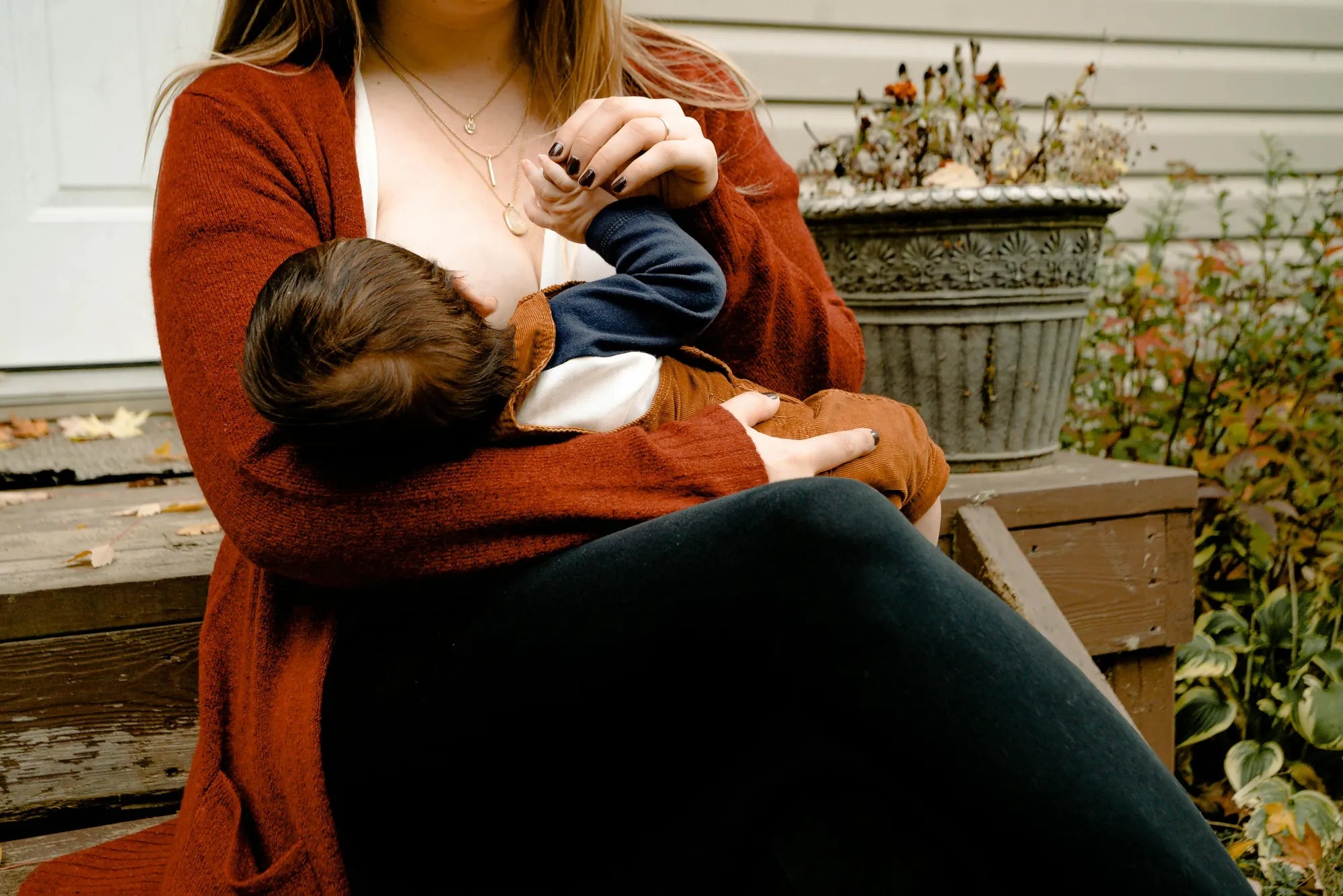Home
Pregnancy, Breastfeeding, and Pumping: The Ultimate Guide for Moms
How to Make a DIY Breast Pump: A Step-by-Step Guide

How to Make a DIY Breast Pump: A Step-by-Step Guide
Breastfeeding is a natural and essential part of motherhood, but sometimes circumstances require a little creativity. Whether you're in a pinch or exploring cost-effective solutions, learning how to make a DIY breast pump can be a game-changer. This guide will walk you through the process using everyday items, ensuring you can express milk safely and effectively.
Why Consider a DIY Breast Pump?
There are several reasons why someone might consider making a DIY breast pump. Perhaps you're traveling and forgot your pump, or maybe you're looking for a more affordable alternative. Whatever the reason, a DIY breast pump can be a practical solution when done correctly. However, it's important to note that homemade pumps may not be as efficient or hygienic as commercial ones, so proceed with caution.
Materials You'll Need
Before diving into the process, gather the following materials:
- A clean plastic bottle (preferably with a wide mouth)
- A balloon or rubber glove
- A sharp knife or scissors
- A straw or tubing
- Medical-grade tape
- A clean container for milk collection
Step-by-Step Instructions
Step 1: Prepare the Bottle
Start by cleaning the plastic bottle thoroughly with hot, soapy water. Rinse it well and let it air dry. Once dry, use a sharp knife or scissors to cut a small hole in the bottle's cap. This hole should be just large enough to fit the straw or tubing snugly.
Step 2: Attach the Balloon or Rubber Glove
Take the balloon or rubber glove and stretch it over the mouth of the bottle. Secure it tightly with medical-grade tape to ensure an airtight seal. This will act as the suction mechanism for your DIY breast pump.
Step 3: Insert the Straw or Tubing
Insert one end of the straw or tubing into the hole you created in the bottle cap. The other end should be placed near your breast to collect the milk. Make sure the connection is secure to prevent leaks.
Step 4: Create Suction
To create suction, gently pull on the balloon or rubber glove. This will create a vacuum inside the bottle, mimicking the action of a traditional breast pump. Release the balloon slowly to allow milk to flow into the bottle.
Step 5: Collect and Store the Milk
Once you've expressed the desired amount of milk, carefully remove the straw or tubing from the bottle. Pour the milk into a clean, sterilized container for storage. Be sure to label the container with the date and time of expression.
Safety Tips
While a DIY breast pump can be a useful tool, it's essential to prioritize safety and hygiene. Here are some tips to keep in mind:
- Always clean and sterilize all materials before use.
- Avoid using materials that could harbor bacteria, such as old or damaged items.
- Monitor your breast health and discontinue use if you experience pain or discomfort.
- Consult with a healthcare professional if you have any concerns or questions.
When to Avoid a DIY Breast Pump
While a DIY breast pump can be a temporary solution, it's not suitable for everyone. Avoid using a homemade pump if:
- You have a medical condition that affects breastfeeding.
- You're experiencing issues like mastitis or blocked milk ducts.
- You need to express milk frequently or in large quantities.
Alternative Solutions
If a DIY breast pump isn't the right fit for your needs, consider these alternatives:
- Manual expression: Learn the technique of hand-expressing milk, which can be just as effective as using a pump.
- Borrowing a pump: Reach out to friends or family members who may have a spare pump you can use temporarily.
- Community resources: Some organizations offer loaner programs or affordable options for breastfeeding mothers.
Breastfeeding is a journey that often requires flexibility and resourcefulness. While a DIY breast pump can be a helpful tool in certain situations, it's essential to prioritize safety and hygiene. By following this guide, you can create a simple and effective solution for expressing milk when needed. Remember, every mother's experience is unique, so don't hesitate to seek support or explore other options if a DIY pump isn't the right fit for you.
Share

